We use cookies to optimise our website functionality and give you the best experience possible. Please, accept our Terms and Conditions. ACCEPT
HORTUS MALABARICUS AND THE ETHNOIATRICAL KNOWLEDGE OF ANCIENT MALABAR BY K.S. MANILAL
ABSTRACT: Hortus Malabaricus is the oldest important printed book on Indian medicinal plants. The 1st of its 12 volumes was published in 1678 from Amsterdam this book, written by H.A. Van Rheede is perhaps the only authentic record of the ethnoiatrical knowledge of ancient Malabar, available to us today. Several hundred medicinal plants which were successful used by the Ayurvedic physiclans of 17th century are described in this, along with their medicinal powers and methods of application. The identity of many of the plants described has not yet been accurately established, which would be of considerable interest to ayurveda.
K.S. MANILAL, Department of Botany, University of Calicut
Published in Ancient Science of Life, Vol. IV, No.2 October 1984, Page 96-99
Malabar has been known from time immemorial for its richness of spices and medicinal plants. In the ancient times it was Arab traders ho used to buy these commodities from here and sell them in European cities where they were in great demand. Many of the exploits of the European maritime powers later, resulting in many important historical events and geographical discoveries wee due to their attempts to discover a sea route to India for their direct trade. The first Europeans who landed here were interested only in spot trade and quick profits. During the later Dutch period, the then Dutch Governor of Cochin, Hendrik Adriaan Van Rheede, perceived that along with a scientific exploitation of the local natural resources, a compilation of the well advanced ethnobotanical and ethnoiatrical knowledge of he natives, undertaken with mutual co- peration, would the more advantageous. This plan, it seems, eminently suited his military strategies also (Heniger, 1980). It was with this idea that he wrote Hortus Malabaricus, the monumental book on the valuable plant wealth of Malabar. This was published in 12 volumes from Amsterdam, the 1st volume of which came out of press in 1678 (Warner, 1920).
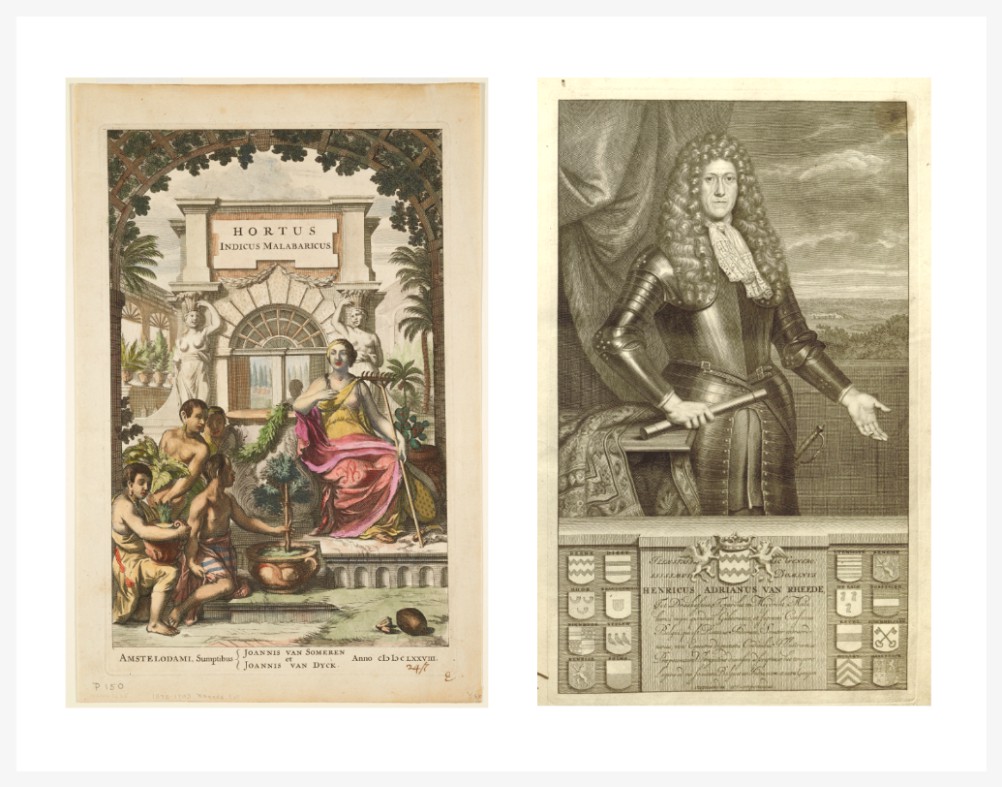 ©
HORTUS MALABARICUS
©
HORTUS MALABARICUS
Hortus Malabaricus (Garden of Malabar), is the oldest printed book on Indian medicinal plants. Written by Dutch Governor of Cochin, H.A. Van Rheede, it was compiled over a period of nearly 30 years and published in Amsterdam during 1678–1693.
Most of the information regarding the medicinal powers of the plants given in the book were provided by four Malabaries, Itty Achuden, a native Ayurvedic physician of Collatt near Shertalay, Cochin and Ranga Bhat, Vinayaka Pandit and Appu Bhat, Konkani priest-physicians settled in Cochin. These physicians gave their information in Malayalam and Konkani languages respectively, which were translated into Portuguese and form that into Latin by official interpreters appointed by Rheede and the Dutch East India company. The method by which Rheede collected these informations from them is also noteworthy. In those days knowledge was passed on from generation to generation through word of mouth from teacher to the taught; written booked were extremely rare since printing had not yet been discovered. What is to be taught is told to the young pupil who goes on repeating it till it is indelibly impressed in his sensitive mind. In order to record the medicinal properties of the plants he collected, Rheede gathered his local exerts around him, who used to discuss the matter thoroughly among themselves, coming to an agreement acceptable to all so that no one among them attributed either superior or inferior virtues to the plants it is interesting to see what Rheede himself has written about this:
Hortus Malabaricus is the oldest important printed book on Indian plants in any European language. It took several years to compile and publish this book, in which Rheede was assisted by dozens of experts including physicians, scientists, artists, plant collectors, interpreters, etc of Malabar and Europe. Among them special mention may be made of brother Mathew, John Caesarius, Itty Achuden, Ranga Bhat, Vinayaka Pandit, Appu Bhat, Emmanuel Carneiro and H. de Donep. The manscripts and illustrations prepared at cochin and sent to Netherlands were edited there by Arnold seyen (Vol.1) J.Munnicks (Vols. 2-5), T.J. Van Almeloveen (Vol.6) and A Van Post (vol.1), J, Munnicks (Vols, 2-5), T.J. van Almeloveen (Vol.6) and A. Van Poot (Vols. 7-12). Ultimately about 780 species of the most important plants of Malabar were described in Hortus Malabaricus, supported with 794 unusually beautiful illustrations. Along with a description of each plant in Latin and it name in four scripts (Malayalam, Nagari, Roman and Arabic), the medicinal properties of the plant and the methods of preparation and application of the medicine are also given in the book.
“I often attended a most delightful entertainment for instance when these Brahman and gentile philosophers disagreed and disputed with each other by weight of arguments, which they took from maxims, rules, verses from antiquity, and books of their ancesters who were renowned for their learning. Indeed they disputed and strongly defended their own opinions, but with incredible modesty, such as you might even miss in the most distinguished philosophers of the world, without any acerbity, mental disturbance, or neglect to respect each other’s opinions. They honour antiquity and the first inventors of their sciences with the most pious reverence, and by them they judge their own views and also their own experiences, and they subject them to their authority. And, as regards medicine and botany, the knowledge of these sciences is preserved in verses, the first line of which begins with the proper name o the plant, whose species, properties, accidents, forms, parts,, location, season, curative virtues, use, and the like they then describe highly accurately. They did this so skillfully that, if anyone mentioned the proper name of some plant, any Brahman will at once answer you, stating whatever has been and can be said about it. Although, however, this method of teaching, which requires a tenacious memory, seems to be rather difficult, still they impress these verses with playful ease on the memory of the young, which they say is them strongest. Later the docile minds of adolescence and manhood retain them faithfully. The first inventors of these disciplines (namely medicine and botany) is considered to be so old that they show books by authors of whom all affirm by constant asservation that they lived fourthousand years age.”
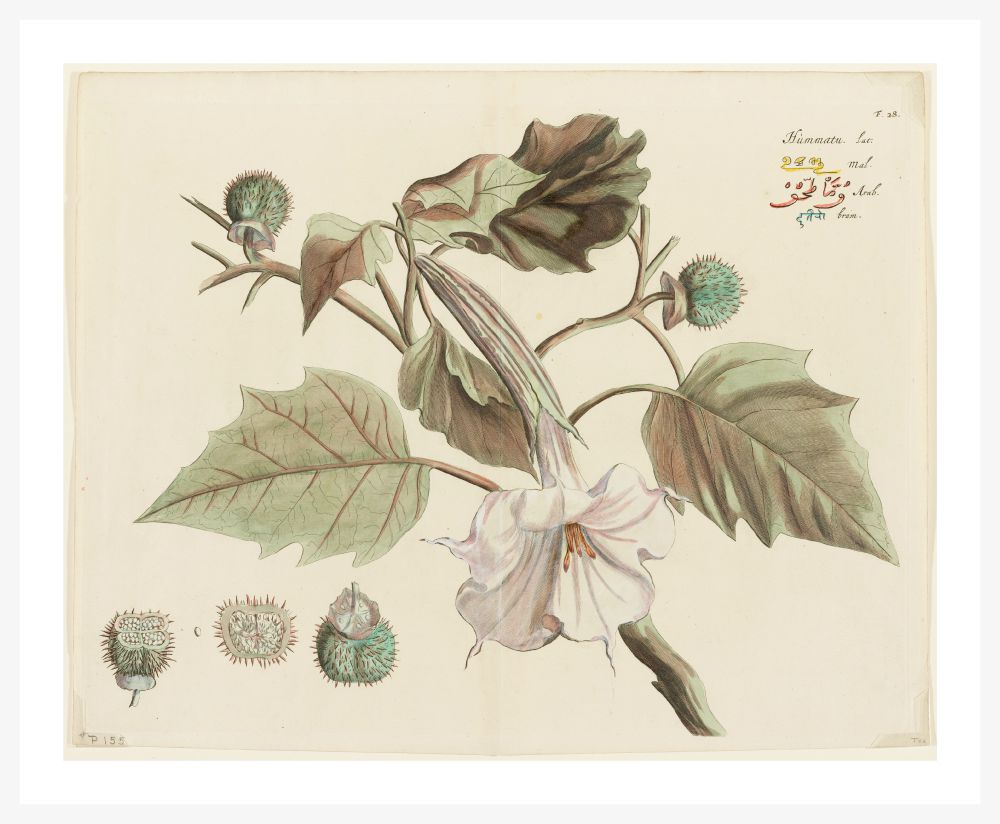 ©
HORTUS MALABARICUS
©
HORTUS MALABARICUS
Probably what Rheede referred last is the medicinal treatise of Caraka, Susruta and Vagbhata. Itty Achuden, in his certificate given in the 1st volume of the book has stated that the information regarding medicinal powers of the plants were taken from his (family) book on ayurveda, used for generations by the Collatt vaidyas. The three Konkani physicians have also certified that they have given the names, medicinal powers and properties of plants as given in their book Manhaningattnam. However, all attempts by the present author during the past over 20 years to trace the above mentioned books or any other Indian literature sources from which data were taken for inclusion in Hortus Malabaricus have so far been futile; it may be assumed that none of these local literature sources exist today. Thus, had Rheede not taken the trouble of recording and preserving the valuable ethnobotanical and ethnoiatrical knowledge contained in the above books they would have been lost to the present day society. Hortus Malabaricus is the only authentic record of this available to us.
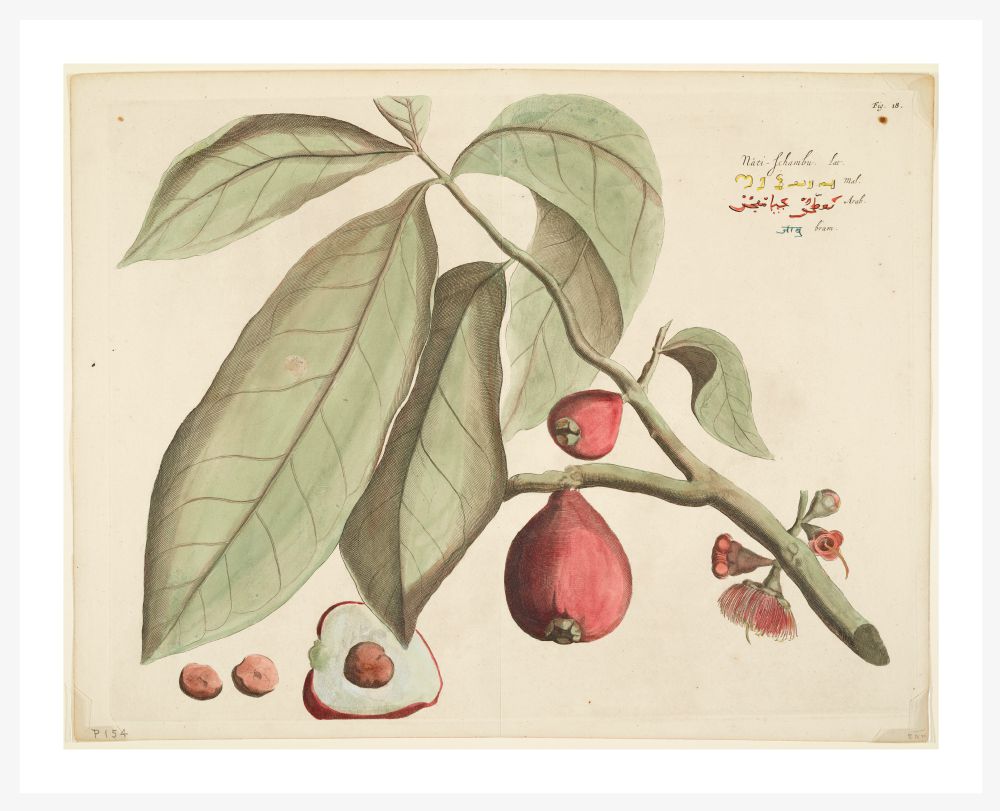 ©
HORTUS MALABARICUS
©
HORTUS MALABARICUS
When it was first published in the 17th century, the scientists in Europe acclaimed Hortus Malabaricus as a milestone in the field of plant science. About 75 years later during the renaissance of botanical science, Carl Linnaeus, father of modern botany, on several occasions made special mention about the significance of this book, establishing about 250 new “species” from it. Adenson (1763), Jussieau (1789), Dennstedt (1818), Hasskarl (1867) and several other later botanists have also use Hortus Malabaricus to name new taxa, treating the diagrams in the book as actual “types”, since original herbarium specimens of these plants are not known to exist.
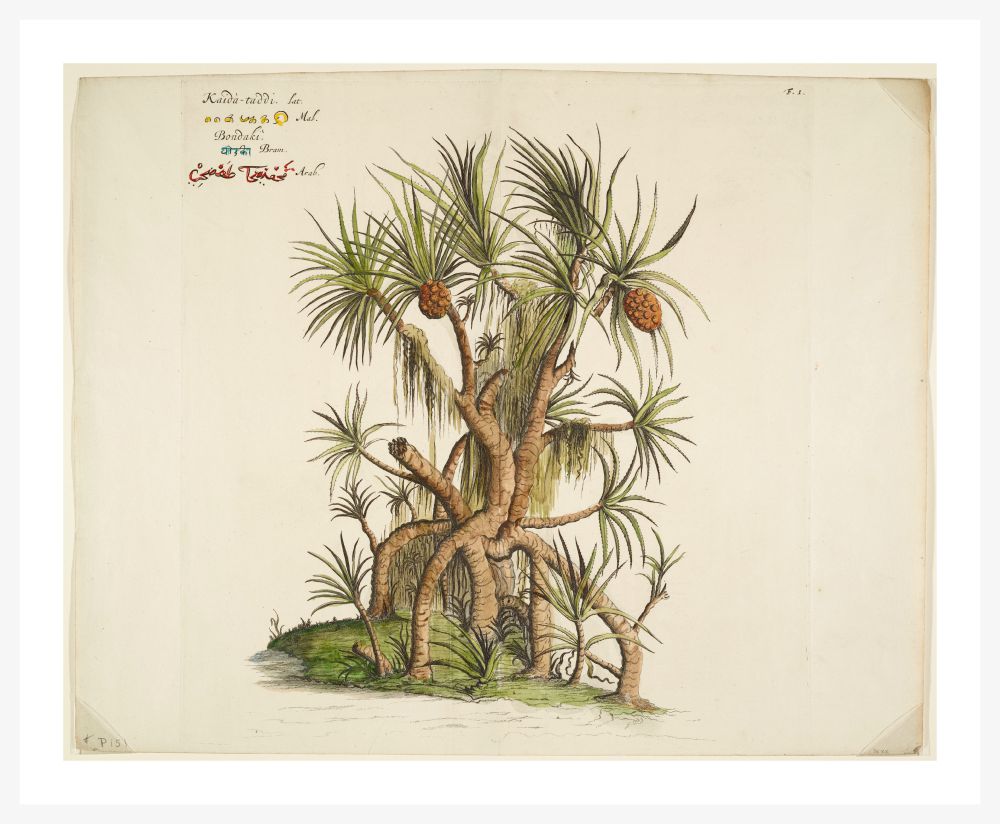 ©
HORTUS MALABARICUS
©
HORTUS MALABARICUS
Interpretations of the plants in Hortus Malabaricus on post-Linnaean lines of study have been attempted by several botanists but, the lack of herbarium reeords of these plants have made their correct identification difficult in several cases, especially because the descriptions provided by Rheede is not up to the scientific accuracy required today (Manilal, 1980). The attempts by European botanists in this regard have been further impeded by their distant location and their lack of knowledge of the local language (Hamilton, 1882, 1824, 1826, 1835; Hasskarl, 1861, 1862, 1867). Catalogues and keys to these plants were also prepared by some authors (Commelin, 1696; Burman, 1769; Dennstedt, 1818; Dillwyn, 1839) but these have also beeome rather outdated and many cases of identity are still open to speculation (Johnston, 1971; Kostermans, 1976).
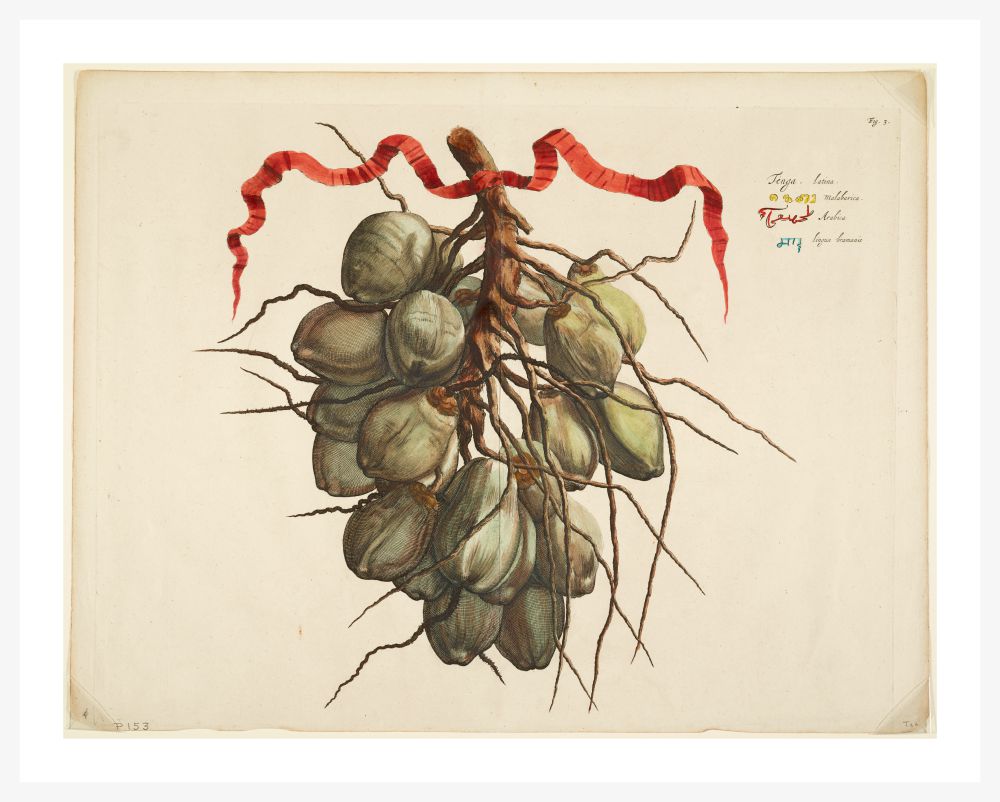 ©
HORTUS MALABARICUS
©
HORTUS MALABARICUS
The Ayurvedic system of medicine claims to have effective remedies for many of the common illnesses of man. The ancient residents of India, who were a highly civilized people, had great faith in it. It is also well known that, being natural products the ayurvdic medicines have no harmful side effects on patients, unlike many of the modern synthetic drugs. Due to the pollution of our atmosphere resulted by the rapid industrialization, this is becoming more and more evident . there is, therefore, a welcome revival of interest in ayurveda today. However, if people should develop a confidence in ayurveda, its medicines should be effective. The efficacy of the ayurvdic medicines depends entirely on the correctness of the plants used in preparing the medicine (in the case of plant products), as substitutes would naturally dilute its curative powers. It is in this respect it is essential that the accurate identification of the medicinal plants described in our ancient literature is ascertained beyond any doubt. By delving deeper into the ethnobotanical and ethnoiatrical knowledge of Malabar and by choosing the correct plants prescribed by the ancient masters for the preparation of the medicines, ayurveda can easily recapture its past prestige and glory.
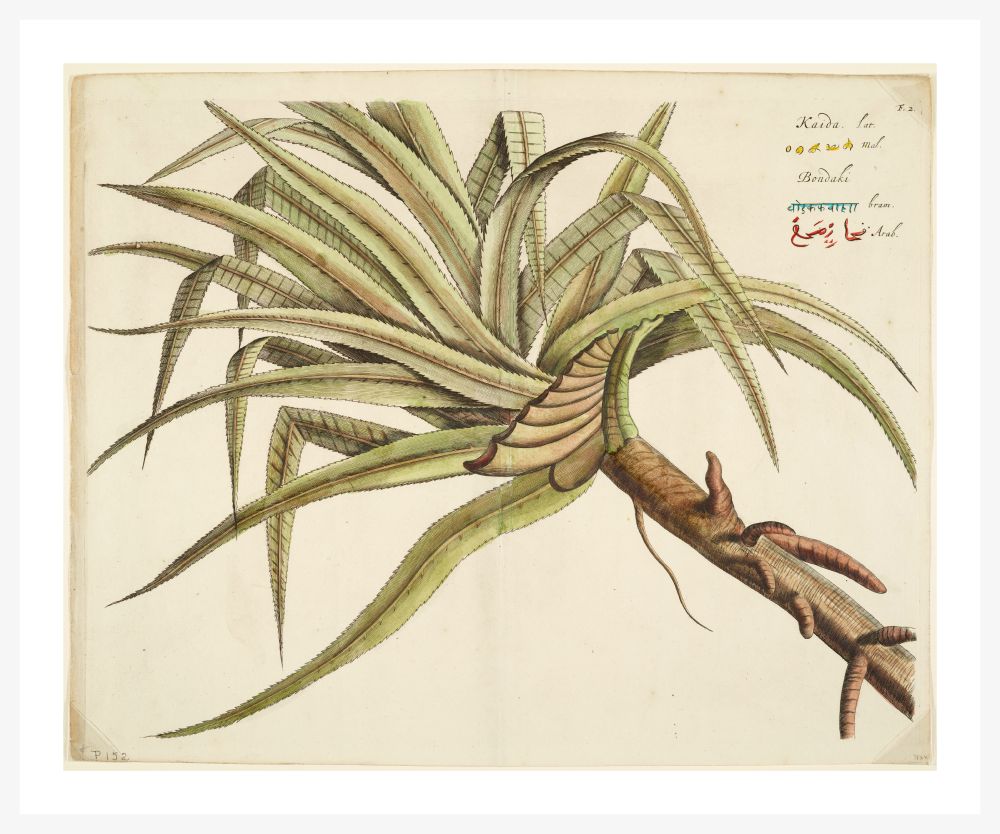 ©
HORTUS MALABARICUS
©
HORTUS MALABARICUS
The Hortus Malabaricus comprises 12 volumes of about 500 pages each, with 794 copper plate engravings. The first of the 12 volumes of the book was published in 1678, and the last in 1693. It is believed to be the earliest comprehensive printed work on the flora of Asia and the tropics.
Online version of book The Hortus Malabaricus >>

Dedicated to everyone, who is searching answers to these questions: What is ayurveda? How is this ancient medical system connected with yoga, meditation, healthy food, relaxation in nature and modern life style?